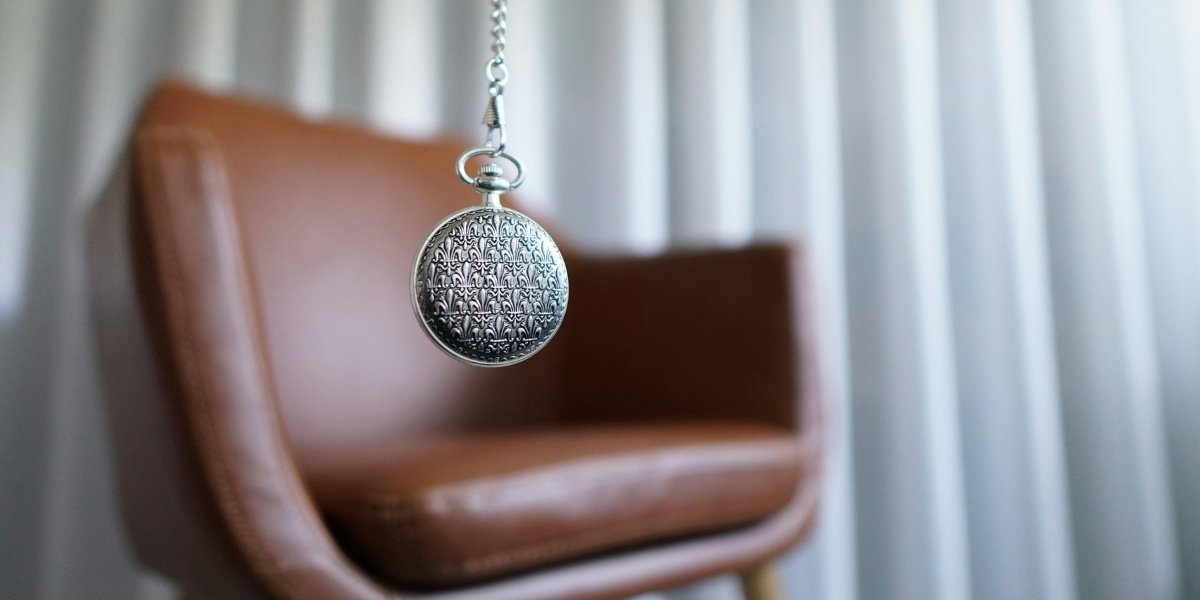With the rise of remote work, many professionals are adapting to the challenges of working from home. A productive work environment at home is essential for maintaining focus, efficiency, and work-life balance. By implementing thoughtful strategies and creating a space that fosters productivity, you can enhance your performance and reduce stress. Here’s how to transform your home into a professional yet comfortable workspace.
Why Does Your Workspace Matter?
Your work environment significantly impacts your productivity and overall well-being. Without a dedicated workspace, distractions from household activities, noise, or an uncomfortable setup can disrupt your workflow. A well-organized, ergonomic workspace encourages focus, minimizes physical strain, and improves mental clarity.
For many remote workers, the lack of a clear boundary between work and personal life can lead to burnout. By setting up a dedicated workspace, you create a mental association with productivity, signaling to your brain that it’s time to focus. This separation also helps you transition out of “work mode” at the end of the day, preserving your personal time.
How to Design Your Ideal Workspace
Designing a productive work environment at home starts with choosing the right location. Ideally, your workspace should be in a quiet area with minimal distractions. If possible, select a spot with natural light, as it has been shown to boost mood and energy levels. Natural light not only reduces eye strain but also creates a more pleasant atmosphere that fosters creativity and concentration.
Furniture choices are critical for comfort and productivity. Invest in an ergonomic chair and a desk at the proper height to support good posture. Poor ergonomics can lead to back pain, fatigue, and long-term health issues, so prioritizing your physical well-being is essential.
Organization is another key factor. A clutter-free desk helps reduce mental distractions and makes it easier to locate the tools you need. Use storage solutions such as shelves, filing systems, or desk organizers to keep everything in its place. A clean and organized environment fosters a sense of calm and readiness to tackle tasks.
Adding personal touches like artwork, plants, or motivational quotes can make your workspace more inviting. Green plants not only brighten up the area but also improve air quality, creating a healthier environment. These small details can inspire you to approach your work with energy and enthusiasm.
How to Minimize Distractions
Distractions are one of the biggest challenges when working from home. From noisy neighbors to tempting social media notifications, interruptions can significantly hinder productivity. Start by establishing clear boundaries with household members. Let them know your working hours and ask for their cooperation in minimizing disturbances during that time.
Using noise-canceling headphones can help create a bubble of focus, even in a busy household. Pair this with soothing background music or white noise if complete silence isn’t an option.
Technology can be both a blessing and a curse. While it enables remote work, it also introduces distractions. Use productivity tools like website blockers or focus apps to limit your time on non-essential activities. Scheduling your day with dedicated work blocks and breaks can help you maintain a steady rhythm without feeling overwhelmed.
Why Routines Enhance Productivity
A structured routine is a cornerstone of a productive work environment. Without the external structure of an office, it’s easy to fall into the trap of irregular hours or constant multitasking. Establishing a daily schedule helps you prioritize tasks and ensures that all responsibilities are met in a timely manner.
Start your day with a morning routine that sets the tone for success. Simple habits like exercising, eating a healthy breakfast, or meditating can prepare your mind and body for a productive day. These rituals create a sense of normalcy, which is particularly important when working in an unstructured home environment.
Time management techniques like the Pomodoro Technique—working in focused intervals followed by short breaks—can keep you energized and prevent burnout. Similarly, ending your workday with a clear routine, such as shutting down your computer and tidying your desk, helps signal to your brain that it’s time to relax.
How to Stay Motivated
Maintaining motivation when working from home can be challenging, but setting clear goals can keep you on track. Break larger projects into smaller, manageable tasks, and celebrate each milestone you achieve. This not only keeps you motivated but also builds momentum for tackling future tasks.
Staying connected with colleagues is another way to boost motivation. Regular check-ins, virtual meetings, or even casual chats help you feel part of a team and reduce feelings of isolation. Collaboration tools like Slack or Zoom make communication seamless, ensuring you remain aligned with your team’s objectives.
Remember to take care of your mental and physical health. Incorporating short stretches, regular hydration, and nutritious snacks into your day can help maintain your energy levels. When you feel good physically, it’s easier to stay motivated and focused on your work.
Creating Work-Life Balance
One of the greatest challenges of working from home is maintaining a healthy work-life balance. It’s easy to let work spill into personal time, leading to stress and burnout. To avoid this, set clear boundaries for when your workday begins and ends.
Avoid the temptation to check emails or respond to work messages outside of your designated hours. By respecting these boundaries, you protect your personal time and prevent overworking. Communicating your availability to colleagues helps manage expectations and reduces unnecessary interruptions during your off-hours.
Creating a physical separation between your workspace and living areas can also make a big difference. If you don’t have a separate room, consider using partitions, rugs, or even a specific corner to define your workspace. This distinction helps your brain associate the area with work, making it easier to focus during working hours and relax afterward.
A productive work environment at home is about more than just efficiency—it’s about creating a space that supports your overall well-being. With thoughtful planning, consistent routines, and a focus on minimizing distractions, you can thrive in your remote work setup.






